I used to drink coffee daily — lattes were my favorite.
It took a while to conquer my sugar addiction and I preferred a half-half ratio of 2% milk with French dark roast finely ground to get the most out of that dark coffee flavor.
Commercial creamers were a no-go after I learned about the Goo in coffee creamer.
My morning routine involved a Presto electric percolator and a steel insulated thermos. It was quick and simple so that I could get out the door and commute to work — hot coffee in one hand, purse and computer bag in the other.
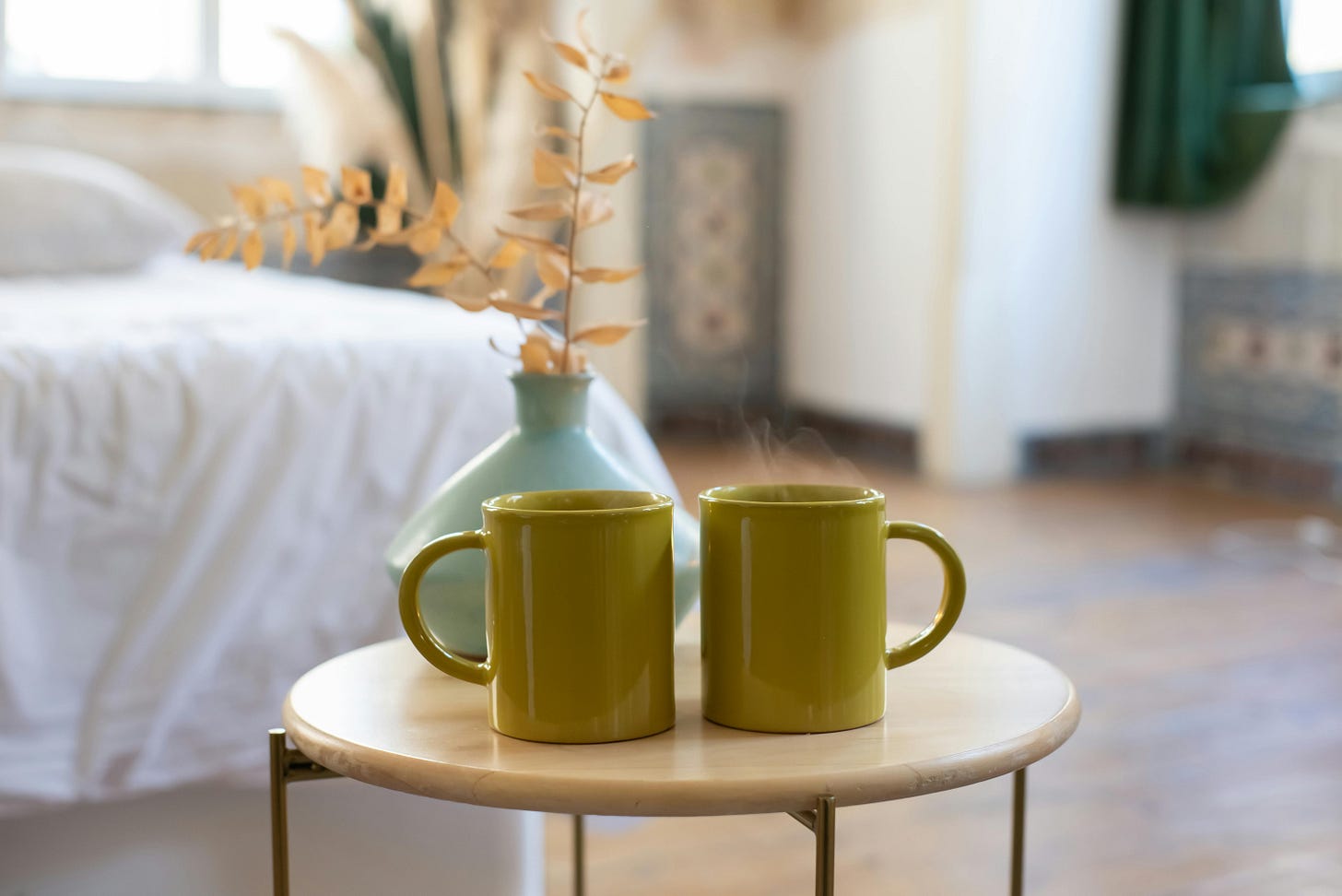
I met my husband, Robert, in 2010.
He hated coffee.
“That’s fine. We can brew tea for you and I’ll run the percolator for me.”
With all of the equipment that covered the kitchen countertops, that didn’t last very long…. percolator, 2 steel thermoses, milk jug, tea kettle, tea pot, honey, spoon, spoon rest… you’d have thought we were running a bed and breakfast!
Now, I like tea. I liked tea then, as well. I just wasn’t ready to switch.
But, the more I learned about tea while my husband drank his hot cuppa, I realized that maybe I was missing out on something.
So we started to dig into the research…
Loose Tea is the Good Stuff
As it turns out, tea is typically separated into two categories:
loose tea, which is comprised of the larger “pieces” like whole flowers, petals, leaves, and spices; and,
tea bags, which contain all of the smaller bits and pieces that remain once the higher quality loose tea is sifted out.
Robert jokingly refers to the second category as “the sweepings”, as if they are just the leftovers that were swept up off the floor of the food packaging plant.
Loose teas may be more expensive than bagged teas, but that is often because it’s just a higher quality assortment - sometimes you can actually see what’s in the tea.
Bagged teas — especially the lower quality ones that are mass produced and sold in big box grocery stores — are less expensive and lower quality because consumers do not open the bags to see what’s in them before brewing.

Beware of Flavor Additives in Tea
As you know, I read all of the labels because we have some significant food allergies and I’d rather not have to spend time in the E.R. on a random Tuesday.
So… you’d think that some of those expensive fancy teas would be safe?!?
Nope.
I’ve been seeing more and more Natural Flavors and even Artificial Flavors in tea!
Here are are few examples of well-known bag tea brands that include flavor additives.
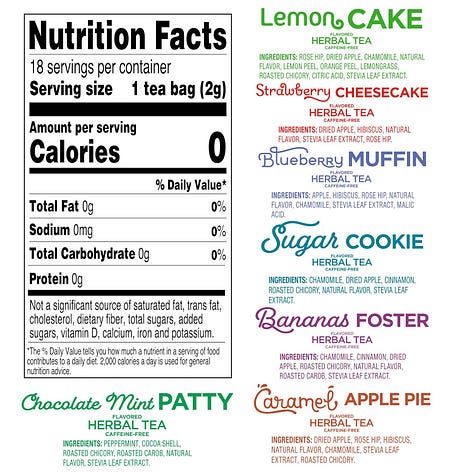
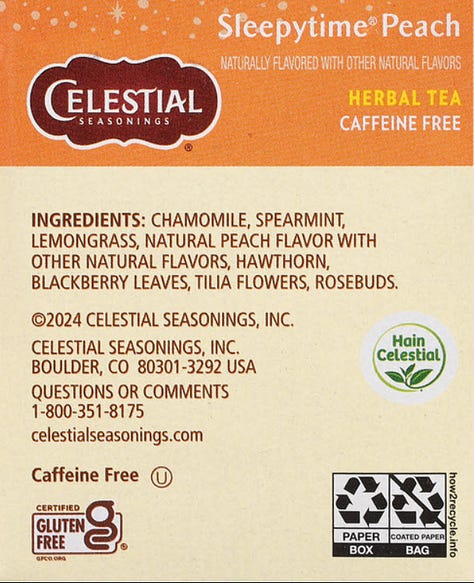
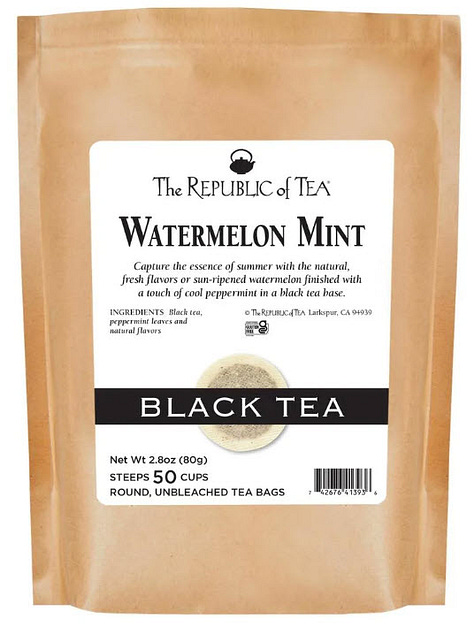
Why Are There Additives in Tea?
Many teas marketed as “natural” and “healthy” contain additives because food companies prioritize bold, consistent flavors over authenticity.
Natural teas, especially high-quality loose-leaf varieties, have subtle and complex flavors that change depending on the region, season, and processing methods.
To create a more predictable taste and a stronger sensory experience, food producers add flavor enhancers like “natural flavors,” sweeteners, and artificial extracts.
These additives trick your taste buds into expecting a richer, more intense flavor than real tea naturally provides.
Additionally, mass-market teas often use lower-quality leaves or tea dust, which lack the depth of whole-leaf tea.
To compensate, companies rely on synthetic flavors to mask bitterness and boost appeal, making the tea seem more indulgent while quietly introducing unnecessary ingredients.
Check The Goo Index to see if there’s Goo in your tea!
How to Choose a Truly Natural Tea
This is pretty simple.
(1) Read the Labels
A truly natural tea should have a short and recognizable ingredient list.
Watch out for ingredients that sound weird or unidentifiable like, “Natural Flavors” or “Natural Peach Flavor”.
(2) Flavor Mimics
If the flavor of the tea claims to taste like some other kind of food, like Lemon Cake, Blueberry Muffin, or Caramel Apple Pie, you can pretty much guarantee that it’s not real tea.
(3) “NEW!” or Trendy Flavors
Flashy, never-before-seen tea flavors are often a red flag. Nature didn’t invent Birthday Cake Tea or Cotton Candy Rooibos, but food scientists sure did!
(4) Flavor Blends (The Good vs. The Goo)
Some flavor blends are natural and can be quite flavorful on their own. But when things get weird, beware of Goo!
(5) Overly Strong Aroma
If a tea smells overwhelmingly sweet, fruity, or dessert-like, even before brewing, that’s a warning sign. Real teas and herbs have delicate, natural scents—not an artificial fragrance bomb.
If you’re not sure about a specific ingredient and want to learn more about whether it qualifies as Goo, leave a comment or reach out and ask me!
And if you enjoyed reading this story, but aren’t ready to subscribe, you can:
(a Goo-Free coffee, of course!)

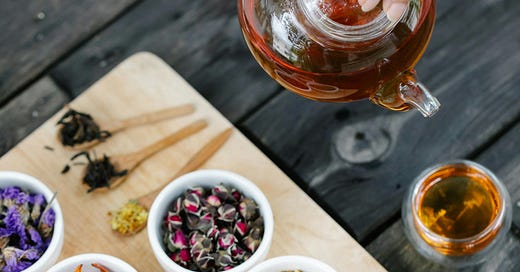


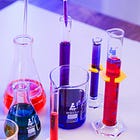


And sadly tea bags are almost all using plastic or plastic fabric now. More microplastics ? No thanks
Everything you mentioned is important. I quit tea bags years ago, because 1) I’m not in a rush to brew tea and 2) I heard some of the teabags contained plastics.
Now I buy only quality loose tea, mostly oolongs from Taiwan, and every sip reminds me how glad I am that I discovered loose tea. 😁❤️